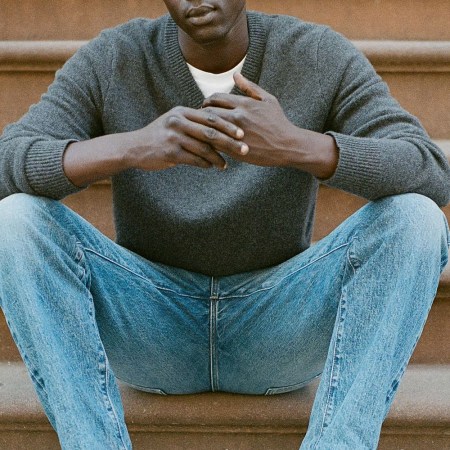In the first half of the 20th century, Los Angeles underwent a series of transformations that turned it into the sprawling city we’re familiar with today. One of those changes involved the 1938 paving of the LA River, resulting in one of the city’s most distinctive features — but also adversely affecting several of the neighborhoods that bordered this body of water.
An ambitious plan, led by architect Frank Gehry, involves input from a host of communities near the river. As Louis Sahagún writes for the Los Angeles Times, the plan has an ambitious goal: to “uplift the profiles of Southern California’s poorest, most densely crowded communities along the backbone of the county’s flood-control system.”
The plan includes a blend of bold landscape features and community-centered structures, including a cultural center — with an estimated cost of $150 million — where the area’s young people could learn about various artistic disciplines.
Of particular note from the plan are “elevated platform parks,” which Sahagún describes as “massive, bridge-like green spaces that occupy government airspace high above the flood channel’s musty floor.” The timetable for all of these has yet to be determined — the parks could take over a decade to build, for instance. The cultural center, however, could be built much sooner, and there seems to be a broad base of support for it.
The article offers more details about Gehry and the others involved with the project, as well as further exploring the region’s history. If realized, it would be a bold step forward — and a potentially transformative space for future generations.
Thanks for reading InsideHook. Sign up for our daily newsletter and be in the know.














